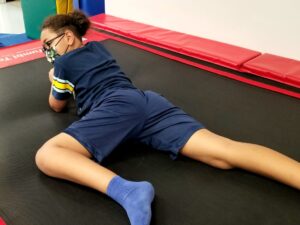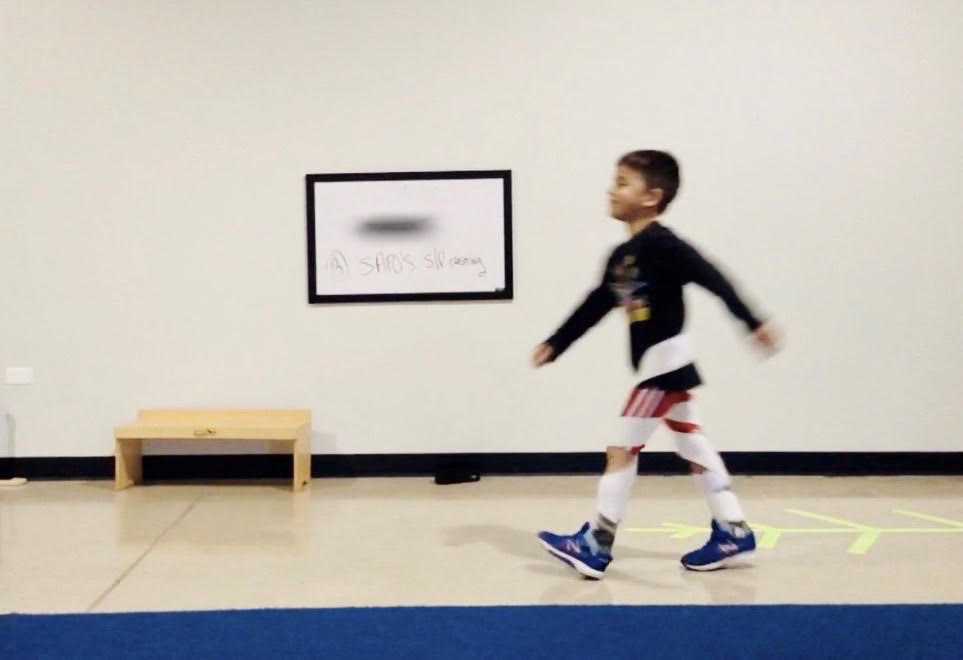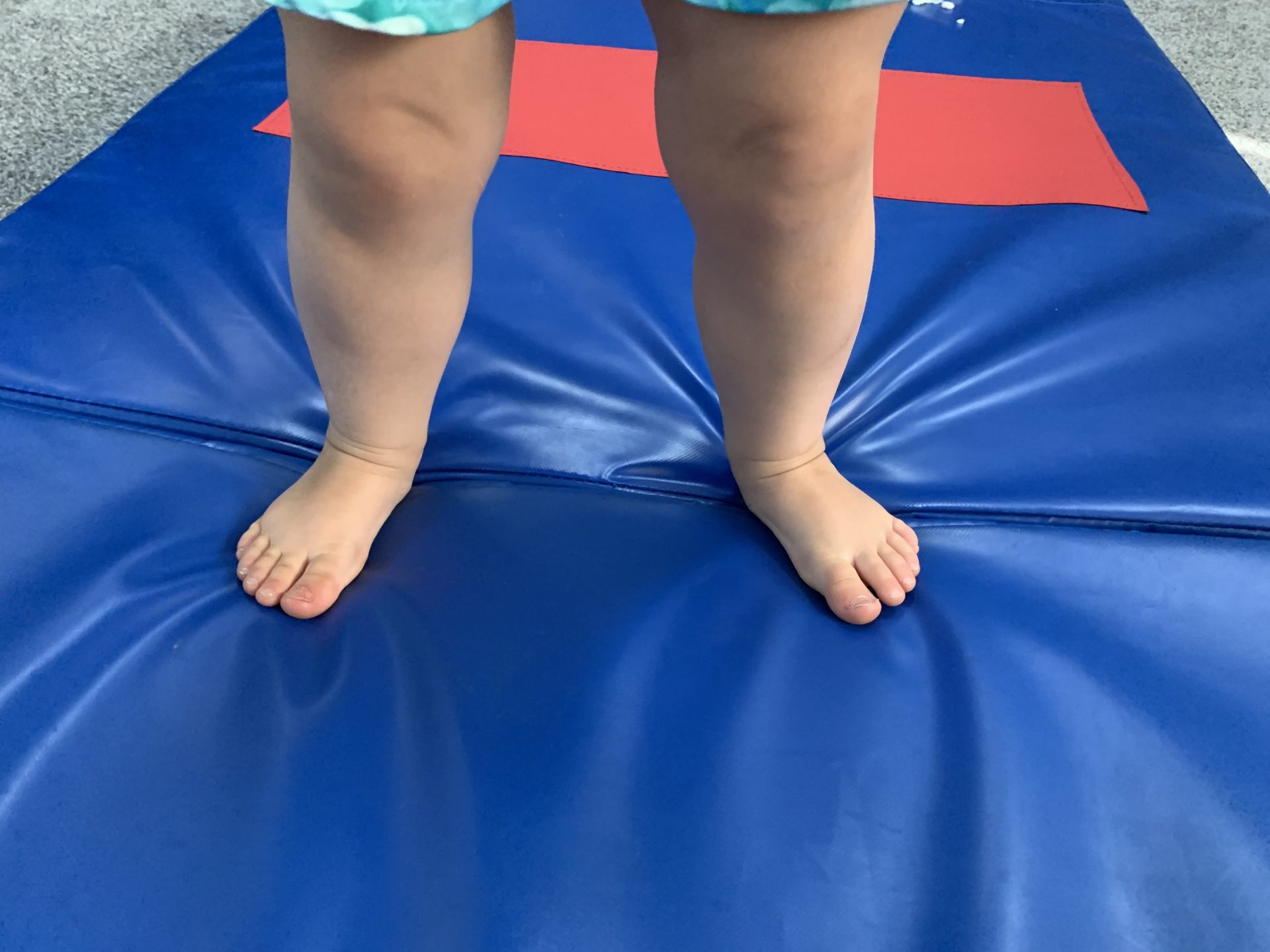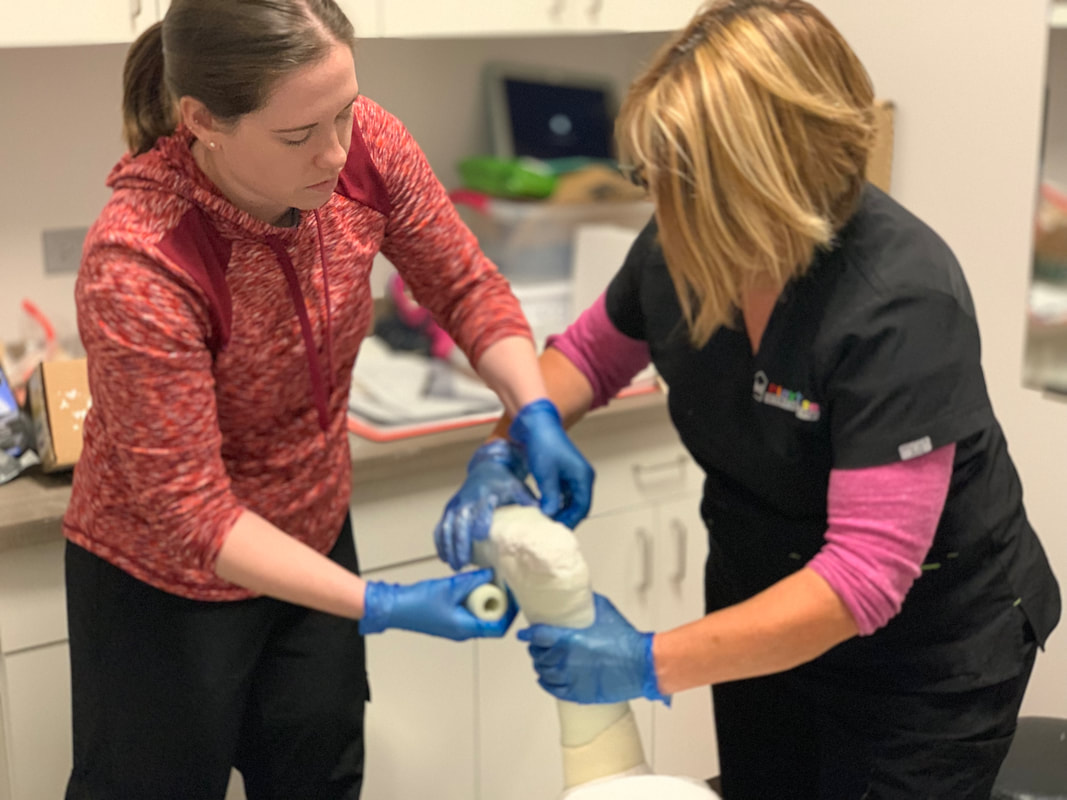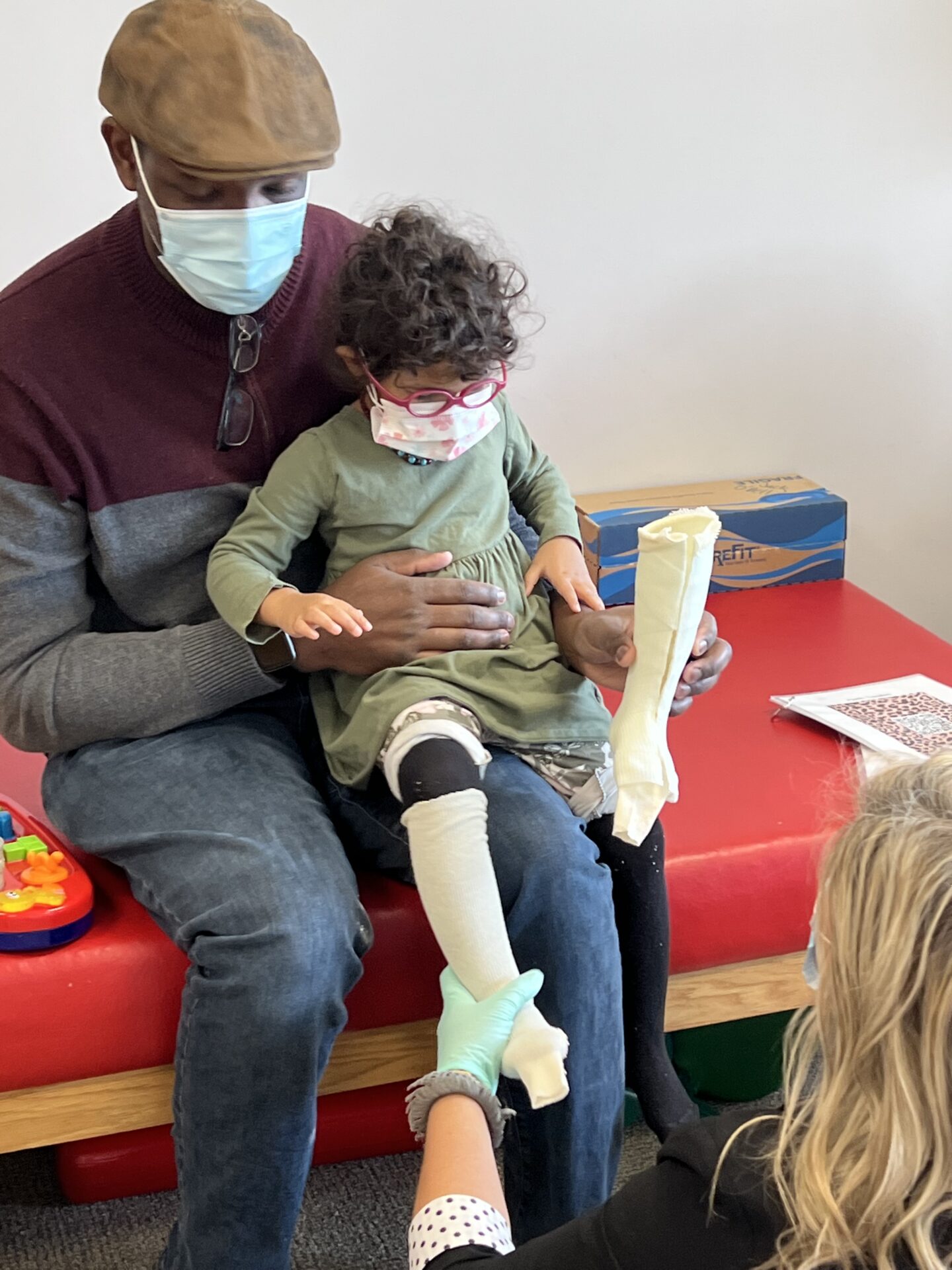Back to School Emotions
August means back to school is right around the corner! Back to school means transitioning to new schools, new teachers, new peers, new expectations and new routines! Many kids are excited about the anticipation of a new school year, but for many kiddos “new” can be scary and worrisome.
Children can communicate their emotions through a variety of behaviors. It’s important as parents and caregivers to be aware of these behaviors to help our kiddos manage their emotions and provide opportunity for a successful transition back to school!
The best way to help our kiddos with new tasks is by creating predictability and maintaining consistency in their routines. This will help ease their worry and fear while building their confidence for success.
Simple Strategies to Help Back to School Transition:
Waking and Bedtime Schedule
We all fall into the summer slump of less structure and organization in the routine of our days. Beginning at least a month prior to the first day of school, begin implementing a waking and bedtime schedule that will mirror your child’s school time routine.
Visual calendar count down
Time is a vague concept for young kids, so counting the “number of sleeps” until school starts is a meaningful way to incorporate how many days until the first day of school.
Social Stories
Read social stories and talk about expectations for the new school year. Don’t forget to highlight important details that you know they are looking forward to (including a favorite teacher, familiar classmates, exciting activities they are looking forward to that year), but also recognize and discuss novel tasks that may cause stress (such as attending at a new building, bus rides, lunchtime, whatever it may be).
New Peer Playdates
Reach out to local parent/community groups to set-up park meet-ups/ playdates to become familiar with new peers.
Trial Run
Do a trial run before school starts. Drive by your child’s school to create familiarity. Is there a park accessible to play at? Go play to create positive experiences associated with the school. This will help to see where you might have some bumps getting on the road and need to tweek parts of your morning routine.
Label feelings
Validate their feelings. Use visuals when you can. Provide your child with a ‘toolbox” of calming strategies to attain/maintain a feeling of calmness throughout their day.
Model Confidence
Model your confidence to make them feel confident (even if you have to fake it); kids feed off of our emotions. This includes talk enthusiastically about what a positive experience this will be, avoid lingering at drop-offs and encourage participation in new activities.
Back to School Mantra
Create a mantra to repeat out loud. “I am safe” is one of my favorites!
List of Resources
Below are a list of resourceful links to provide more information about typical/atypical behaviors, countdown calendars, addressing feelings and visuals for calming strategies:
- Managing Behavior Strategies
- Social Story
- Journals
- Emotions for Kids
- Back to School Countdown
Don’t forget, what may seem like a minor problem to us as adults, feels like a BIG problem to our kiddos, especially when they are learning to recognize and handle their big emotions. Make the experience easier for them by remaining calm if things do not go as planned, or their reactions don’t meet our expectations. Don’t forget to model flexibility to bumps in routines. Also, remember that changes don’t happen overnight and give your child time to settle into their new routines! If things don’t get easier and you would like some additional strategies, please schedule a screening with one of our therapists to help find individualized strategies for you and your child.
Written by Jamie Blough





